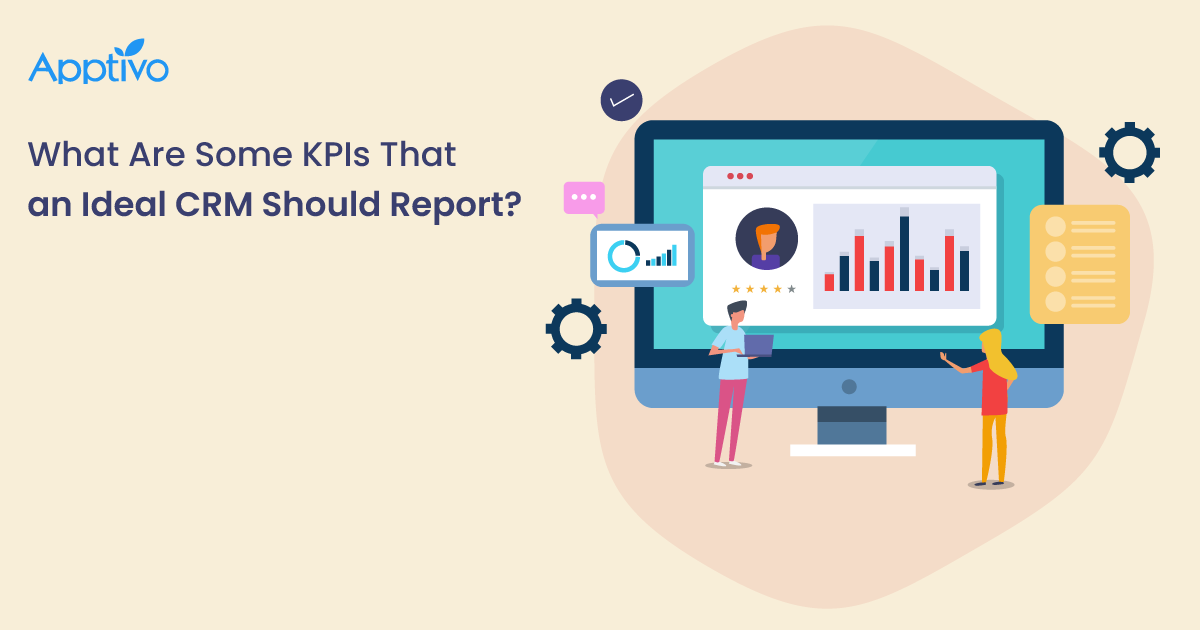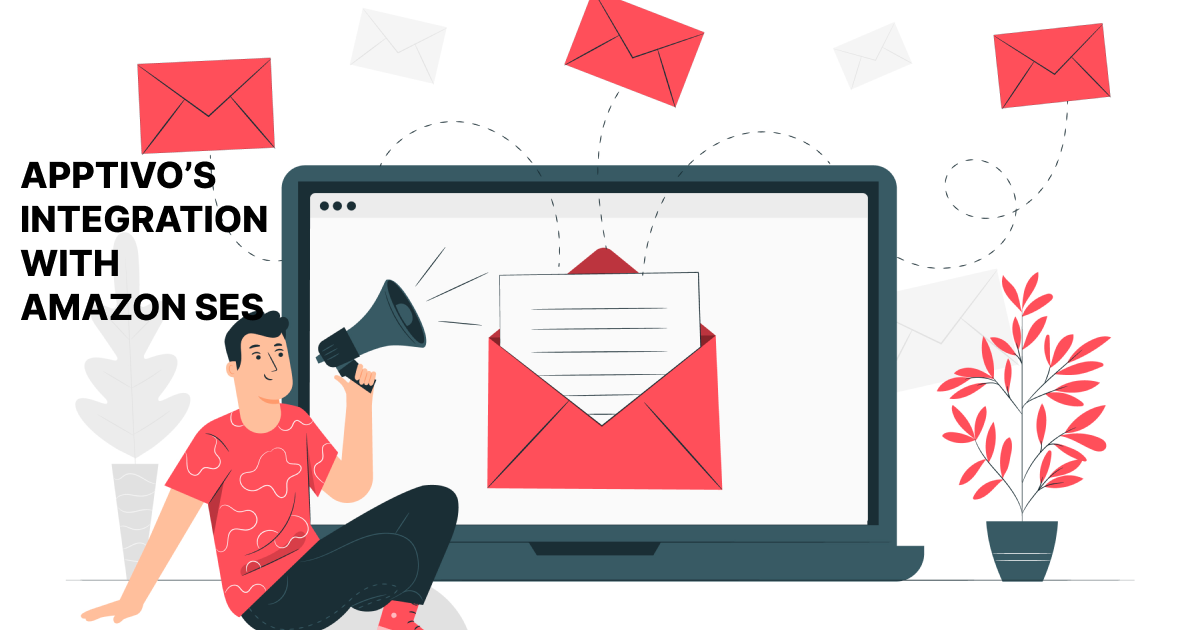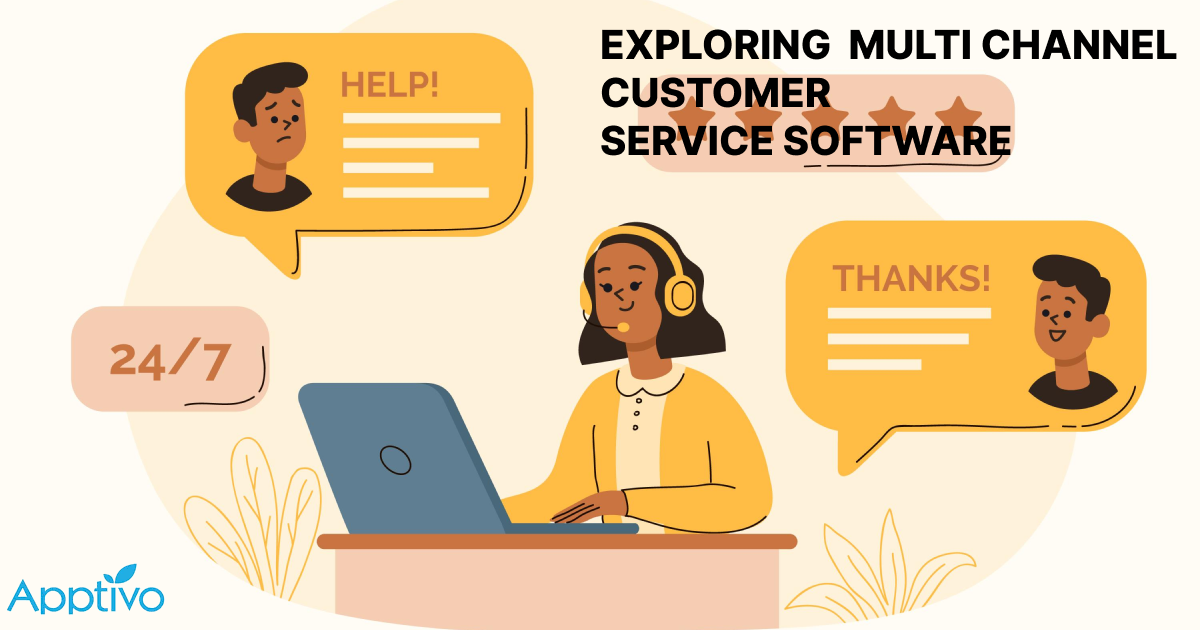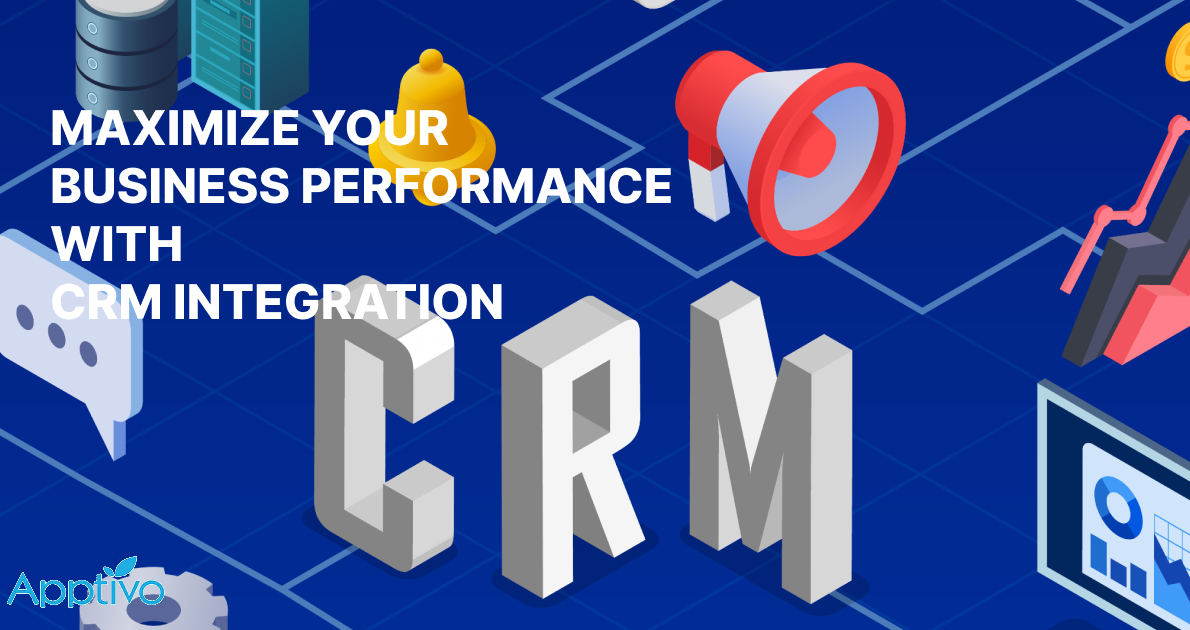 |
Whether you’re running an eCommerce storefront, operating a SaaS business, or managing an online retailer, customer relations management (CRM) is an important part of doing it successfully. Using CRM software and using it correctly can mean the difference between your business growing or failing outright. According to recent reports, businesses that use CRM successfully improved their sales by 29%, with 91% of US companies with 10+ employees now using CRM software.
The secret ingredient to using CRM software effectively lies in your choice of KPIs. KPIs can be defined as measurable values or metrics that businesses use to gauge the effectiveness of their projects or the steps they’ve taken to achieve a certain goal. For example, a KPI can be “acquire X customers per month”, X being defined by the monetary resources invested into paid marketing, the number of posts published on social media channels, etc.
Key performance indicators (KPIs) can help you make more informed business decisions and determine how to proceed with your marketing and sales campaigns. Moreover, you can learn how to nurture existing leads more effectively and identify what makes cold leads convert into paying customers. Here are some great KPIs that you should set up in your CRM software so that it can generate actionable reports for your staff moving forward.
1. Close Rate
Closing ratio, or close rate, is a measure that shows how efficiently a sales professional or a sales team performs. It tracks how many sales have been closed compared to the number of proposals given. For example, if you have 200 leads and 50 people purchase a product, your close rate is 25%. Tracking your close rate through your CRM software is very important so that you always have a clear overview of your customers’ engagement.
Every company with its own sales team should keep a close eye on this KPI as it will inform the sales professionals about which leads to the target and how to do it. You want to increase your close rate as much as possible and compare the data your CRM software generated in previous periods. This will help increase your revenue and bring you a step closer to knowing where each customer is on their customer’s journey.
2. Net Promoter Score (NPS)
Net promoter score is a metric that indicates how satisfied your customers are with your company. You can track NPS in several ways but most notably as part of surveys that are sent via email as post-purchase lead nurturing. Creating a series of questions with a scale of 1 to 10 for customers to respond with and then calculating the average score of your entire customer base is how you can average out your NPS. NPS is a benchmarking tool for customer satisfaction. The NPS method, which is based on a two-minute survey, gives insights into customer loyalty by measuring customers’ willingness to recommend a business to a friend or acquaintance.
Typically, scores of 9-10 are considered promoters, scores 6-8 are considered passives, while scores below 6 are considered detractors. You can use a free plagiarism checker
when you create your NPS questions and implement them into your survey or website to avoid corporate plagiarism. This will ensure that your questions are original and engaging enough for people to answer.
3. Customer Acquisition Cost (CAC)
Your customer acquisition cost indicates how much you’ve spent to acquire a single customer with your outreach efforts. This can help you target more relevant leads with the hindsight of the data generated by your CRM software.
Over time, you’ll be able to lower your CAC to minimize unnecessary costs and instead work on delivering more meaningful, targeted content. CAC is typically calculated by dividing the total acquisition costs by the total number of customers acquired within a certain period. CAC is often used in tandem with Customer Lifetime Value, or CLV. This is a metric used to measure individual customers’ revenue for your business over their entire customer lifespan. In short, how much a single customer spends during their entire engagement of your business over the period of several weeks, months, or even years.
Both of these are valuable KPIs to track for any business that spends monetary resources on paid ads and wants to minimize operational costs while making a profit. CAC, when combined with CLV, is a powerful tool for assessing your marketing ROI. In the short term, you get a quantifiable assessment of what each customer costs, and in the long term, you gain a view of how much you make from each conversion.
4. Abandonment Rate
Abandonment rate, or the customer churn rate, is the rate at which customers abandon your brand and look for equivalent products or services. It is the polar opposite of retention rate, and you can find out your business’ abandonment rate by dividing the number of people who’ve switched brands by your total number of customers.
Using CRM software can make tracking and calculating your customer churn rate faster and more straightforward. You can then reach out to these individuals to ask for feedback (NPS) or try to retarget them based on their previous interactions with your company.
Frank Hamilton, copywriter, and editor at Supreme Dissertations spoke on the topic: “There’s always a good reason someone abandoned your brand to look for a different one with very similar services. You can learn from it through written survey forms and by implementing what you’ve found out from customer feedback into future content.”
5. Upsell Rate
The upsell rate indicates how many customers spent more money than they originally planned to on your website. Upselling through eCommerce is done by offering bundled items or suggesting similar items to customers who’ve added something to their carts.
Upselling can be done through discounts, bundled purchase offers, limited-time sales, etc. Upselling can be difficult to affect directly however as it depends on individual customers’ decisions in regards to your products. Tracking your upsell rate however is still recommended as it is a worthwhile sales KPI to measure in your overall CRM.
6. Revenue Generated by Campaign
While this KPI is somewhat self-explanatory, tracking it is nothing but the revenue generated by the campaign indicates how much revenue you’ve generated from each sale or marketing campaign. As an online business with its own sales pipeline, you’ll want to know which campaigns have performed well for you in the past.
This will help you make better decisions on which campaigns to invest more into in the future and which ones to the sideline, for example. You’ll also find out which marketing channels work best for your business and how you can maximize profits while lowering your overall spending per campaign. Revenue generated by the campaign is extremely useful, and you should keep your eyes on it through your CRM software going forward.
Wrapping Up
With KPIs under the hood of your CRM, you’ll be able to make far more precise decisions on how to manage your budget, target customers, and nurture leads. There are other valuable KPIs you can include in your CRM software to better track the performance of your sales, marketing, and other customer engagement efforts. The number of lost opportunities, sales conversion rate, funnel drop-off rates, as well as the average customer lifetime value, are great KPIs to combine with the ones we’ve discussed in greater detail.
Smart use of CRM software is crucial for successful sales, regardless of the scale or niche in which your business operates. It’s good to look at the data your CRM software generates objectively and analyze it at scheduled intervals. Only then will you be able to make full use of the KPIs you’ve set up. Once you fully harvest the value of smart KPIs, it’ll be difficult to go back to base your business decisions on trends or gut feelings.
Latest Blogs

Apptivo's Integration with Amazon SES for Outgoing Email Server
Amazon Simple Email Service (SES) is an email platform that provides an easy, cost-effective way to send and receive email using your email addresses and domains. Apptivo has migrated its email service to Amazon SES (Simple Email Service) to enhance the performance and reliability of our email services
Read more →
EXPLORING MULTI CHANNEL CUSTOMER SUPPORT SOFTWARE
1.What is customer service software? 2
Read more →
Maximize your business performance with seamless CRM Integration
1.What is CRM Integration? 2
Read more →
